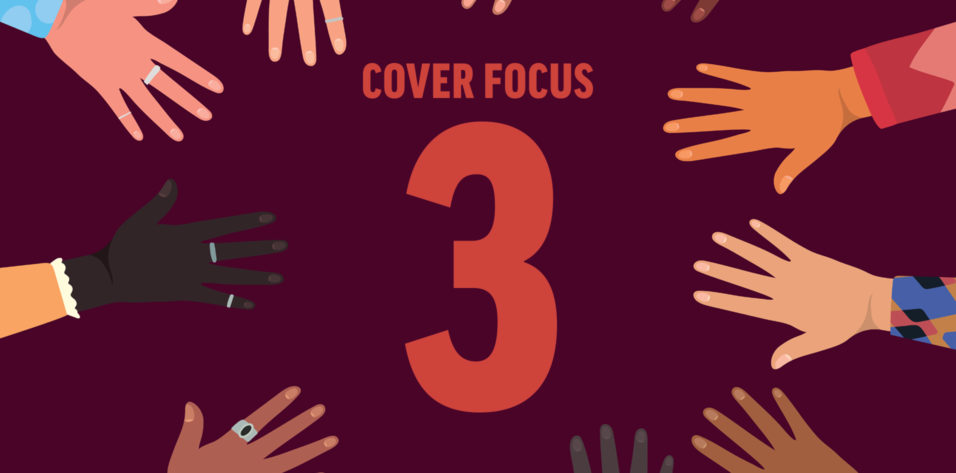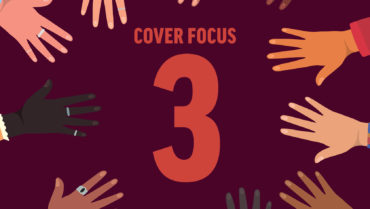New leadership of the Flaum Eye Institute (FEI) at the University of Rochester originated a change in the faces of health care workers in 2019. The incoming chairperson felt that it was critical to the success of his new organizational vision that a diverse and inclusive workforce be created. This included addressing the internal systemic barriers that prevented historically underrepresented individuals in medicine (HURiM) from being recruited. The success of the past 2.5 years of recruitment prompted this review of the processes that were utilized to achieve this dramatic change, the challenges encountered, and the benefits of creating a more diverse, equitable and inclusive eye institute.
BUILDING A MORE DIVERSE TEAM
In December 2019, FEI had a makeup of 43 faculty members: 20 ophthalmologists, 12 optometrists, and 11 basic scientists. Overall, 40% were female, with only one HURiM. Of the ophthalmologists, 25% were female (one HURiM). Resident graduating classes from 2015 to 2022 averaged 50% female, with no HURiMs. In July 2022, FEI had 60 faculty members: 32 ophthalmologists, 13 optometrists, 12 basic science researchers, and three others. Overall, 50% were female, and nine were HURiMs. Of the ophthalmologists, 41% were female, and seven were HURiMs. Resident graduating classes from 2023 to 2026 averaged 31% female and included five HURiMs, all of whom were African American.
Faculty. How did the department increase the diversity of its workforce in such a short period? Numerous strategies were employed to increase faculty diversity, including a regional, national, and international search for HURiM candidates to fill open positions. For international recruits, a streamlined process to licensure was implemented, which included offering a fellowship year, if necessary, to qualify for state licensure.
Trainees. Increasing the diversity of residents needed to start from within FEI. The matching process was addressed first. Historically, interviewers did not represent diverse ethnic or cultural backgrounds, so the face of the interviewers were changed to a more diverse group equalizing age, sex, and ethnic background. Implicit bias training was made mandatory for the interviewers and repeated on a yearly basis. On first pass screening of applications, instead of automatically eliminating applicants based on board scores, school reputation scores, or medical school rotation grades, the applicant’s entire history was considered in a holistic review of their application, and two independent screeners were used for each candidate. This “journey length” is now emphasized when screening applicants as a result of this change. Social media has also played an integral role in attempts to increase diversity. Newly recruited HURiMs use social media to reach out to other HURiMs to encourage them to apply to FEI for residency. By improving diversity in trainees, a direct pipeline is naturally created for future recruitment of faculty.
CONCLUSION
The benefits of increasing the diversity of faculty and trainees cannot be overstated. These include but are not limited to well-rounded development of staff, identification of blind spots and implicit biases, increased cultural competence, increased vestment from staff, pipeline development, attraction of more diverse applicants, better patient care, and increased trust in the community toward health care providers.




